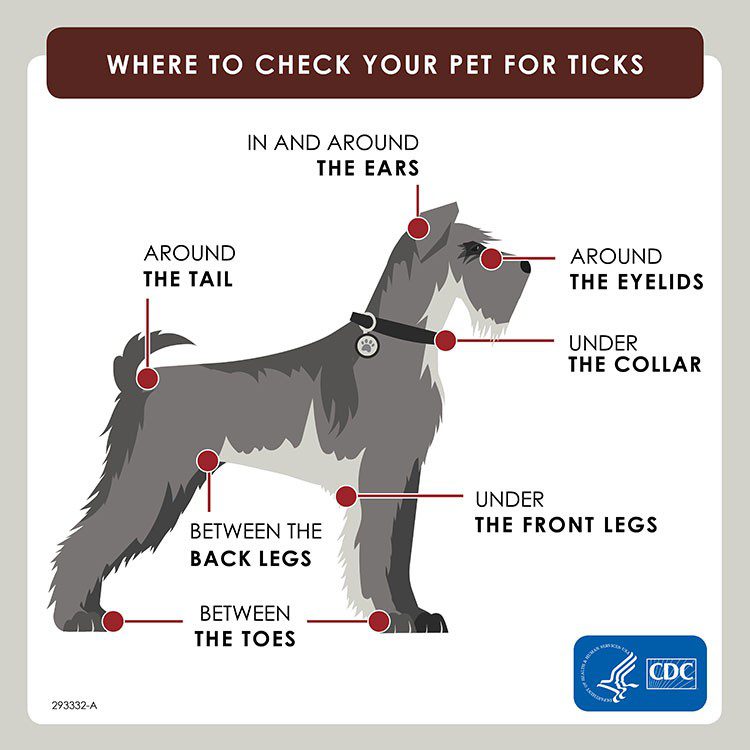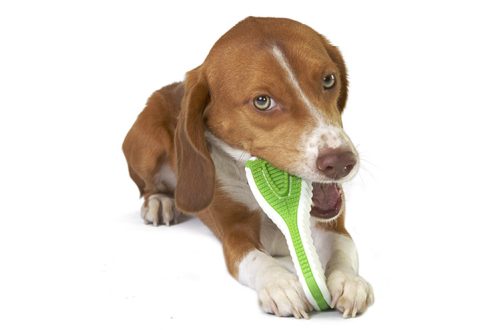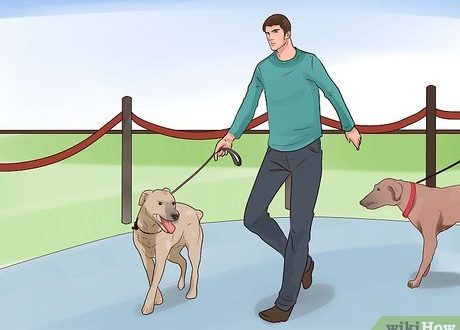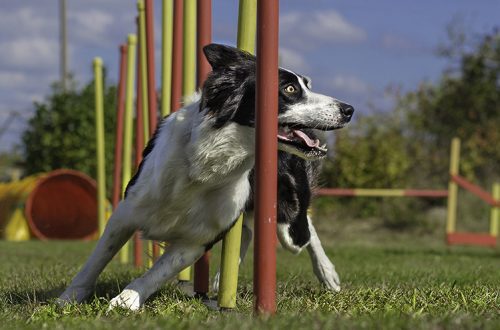
Како заштитити свог пса од крпеља?
Spring and summer are the time for outdoor recreation, hiking, active games in parks, swimming in lakes and rivers. In a word, golden time for your dog. But so that pleasant expectations are not spoiled, before going for a walk, the pet must be protected from possible dangers. After all, the spring months bring not only warmth: as soon as the snow melts, ticks wake up and become active, which is a headache for all dog owners.
It is important to understand that for an unfortunate meeting with a dangerous parasite, it is not at all necessary to go into the forest, as many people think. Your pet can “catch” a tick even in the yard of your house or in the nearest park, in a word, wherever there is tall grass, bushes and trees.
Ticks are very dangerous parasites for both dogs and humans, as they are carriers of various diseases. But if for a person the main threat is infection with encephalitis, then for dogs the danger is piroplasmosis, a blood-parasitic disease.
Of course, not all ticks carry diseases, but it is impossible to guess whether a particular tick is “healthy” or what disease it carries without special examination.
It is better to protect your dog from a tick bite than to deal with its consequences. Fortunately, the modern pet industry offers many special sprays, drops on withers and collars to protect dogs from ticks. In addition, special vaccinations of dogs are carried out to create immunity against piroplasmosis, their effectiveness is 80%.
Among the many proposed solutions, it is not difficult to choose a reliable and convenient method of protection. But do not forget that the main thing in processing pet hair is to strictly follow the instructions!
Many dog owners think that if the treatment is carried out once in early spring, then ticks can not be afraid until the onset of winter cold. Of course, this is absolutely not true. Processing must be carried out regularly, at a certain interval, otherwise it will not bring the expected results. Practice shows that in most cases, the cause of tick bites is precisely the improper processing of the pet’s hair.
But the use of special drugs is not a panacea. They do not guarantee 100% efficiency, in addition, many ticks have learned to adapt to harmful substances. Therefore, after each walk, the coat and skin of the dog must be carefully examined and probed. Particular attention should be paid to the areas of the head, neck, abdomen and groin, most often ticks can be seen there.
Examining the dog after a walk is a very important point, because if the tick is detected and removed on the first day after the bite, then a possible infection will not occur.
If your dog is still bitten by a tick, the main thing is not to panic. Assess the situation and, if possible, visit a veterinary clinic so that a specialist examines the dog and removes parasites in accordance with all the rules.
It is important to understand that if a tick that has bitten a dog is a carrier of the disease, then infection will occur only on the second day. Why only the second? – The fact is that on the second day, a tick saturated with blood begins to get rid of an excess of food, injecting it back into the wound according to the injection principle. Thus, along with the squeezed blood, tick saliva enters the wound, through which infection occurs.
This should be taken into account when removing the parasite. If there is no opportunity to visit the veterinarian and you remove the tick yourself, it is recommended to use not tweezers, but a special tool for removing ticks. The advantage of the tool is that it tightly captures the parasite, while not exerting pressure on the body of the tick and not causing blood to be squeezed out of the abdomen. If there is no such tool, use tweezers. Try to gently grab the tick as close to the head as possible and remove it with a twisting motion.
Never pull out a tick by grabbing it by the abdomen: most likely you will tear off only the torso, and the head will remain in the wound and cause inflammation. When removing the parasite, do not touch it with bare fingers, wear gloves, as it is not yet clear who this tick is more dangerous for: you or your dog. After removal, be sure to take the tick to the laboratory to determine what disease it could infect the dog with.
Of course, the found tick does not have to be infected, but if you removed the parasite yourself, carefully monitor the condition of the dog and its temperature for several days. If you experience any ailments (lethargy, refusal to eat, loose stools, fever above 39,5 ° C, etc.), contact your veterinarian immediately to start appropriate treatment as soon as possible. In no case do not try to treat the dog yourself and do not delay the visit to the doctor: the health of your pet depends only on your efficiency and responsibility.
Take care of your pets, treat them for parasites in a timely manner and do not forget about regular checkups.
Enjoy nature and warmth, and have a great walk!





